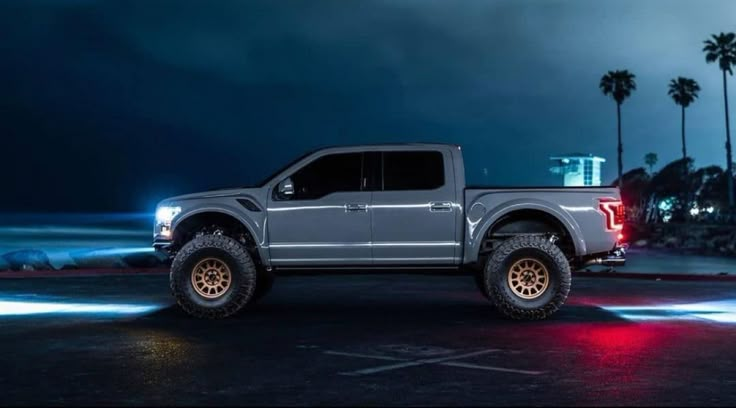Rust: the arch-nemesis of durability, longevity, and resale value. It’s not just an eyesore, it’s a structural threat. For truck owners in snow-heavy regions or coastal towns, rust isn’t just likely, it’s inevitable.
Salted roads and high humidity create the perfect breeding ground for corrosion. And while no truck is entirely immune, some stand strong while others crumble into flakes within a few short winters.
Whether you’re hauling loads, navigating off-road terrain, or just commuting through slush and ice, you need a truck that won’t disintegrate under pressure, literally. Manufacturers often boast about underbody coatings, zinc-infused panels, and anti-corrosion warranties, but real-world performance doesn’t always match the marketing.
In this blog, we break down ten popular trucks, five that genuinely resist rust thanks to quality engineering and protective finishes, and five that unfortunately live up to their “rust bucket” reputations. These rust-prone models might look great on the lot, but they’ll betray you with blistering wheel wells, dissolving frames, and busted brake lines far too soon.
This guide is your heads-up before that fender falls off mid-commute. Whether you’re a buyer looking for a long-term workhorse or a current owner wondering if your truck’s already on borrowed time, read on. These ten trucks will either outlast the weather—or be eaten alive by it.
ALSO READ: 5 Minivans That Can Handle Cross-Country Drives and 5 That Can’t Make It to School
5 Rust-Resistant Trucks That Can Brave the Salt
These trucks are built to withstand the harshest winters without turning into rusted-out relics. Designed with corrosion-resistant materials, galvanized panels, sealed frames, and better drainage systems, they handle snow, salt, and slush like champions. From the undercarriage to the wheel wells, every inch is engineered to fight off rust and keep the truck structurally sound for years.
Owners in cold, salt-heavy regions consistently praise these models for holding up long after others begin to rot. Routine washing still helps, but these five trucks don’t demand constant upkeep to stay solid. Whether you drive through Midwest snowstorms or coastal humidity, these rust-resistant warriors deliver lasting value and peace of mind.
ALSO READ: 5 Vehicles That Don’t Need Exhaust Work and 5 That Constantly Throw Codes
1. Toyota Tundra (2015–2021)
The second-gen Toyota Tundra earns massive respect for its rust resistance, especially in the later years of this generation. After facing lawsuits and complaints about severe frame rust in earlier models, Toyota stepped up big time.
By 2015, Tundras came equipped with improved frame coatings, corrosion-resistant underbody materials, and better drainage design to prevent moisture buildup.
Unlike many full-size trucks that rust through wheel wells and crossmembers by year five, the Tundra often stays solid well past 100,000 miles with only minor surface spots—if any.
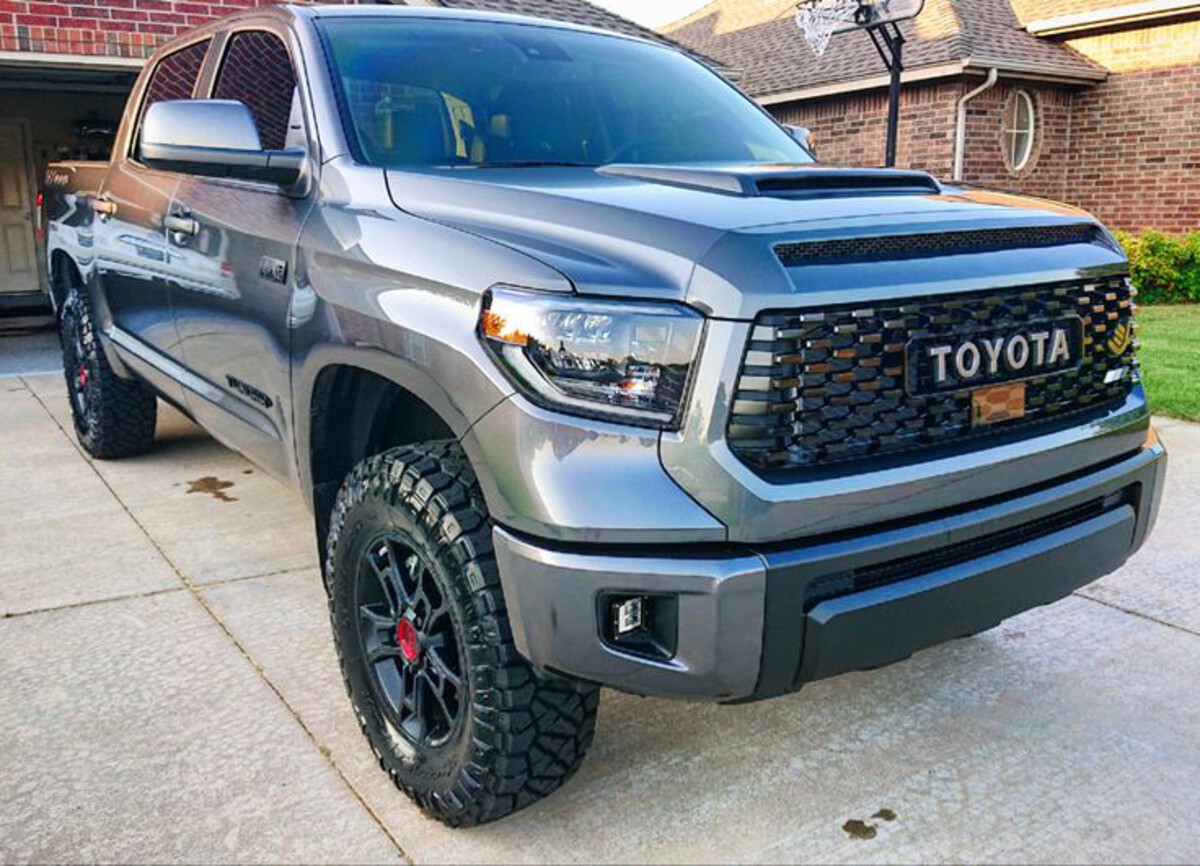
Toyota also went the extra mile with extensive galvanization on key panels and a thick protective coating on frame components.
This makes the Tundra one of the best trucks to own in northern states or coastal areas. Owners in rust-heavy regions like Michigan and Massachusetts report minimal rust even after eight or more brutal winters, especially when regular undercarriage cleaning is done.
The Tundra’s durability extends beyond its rust protection—paired with bulletproof V8 engines and a reputation for longevity, it’s no wonder this truck has a cult following. If you want something full-size and dependable that won’t crumble beneath you, the Tundra is a safe bet. Just avoid models pre-2010 unless they’ve had the Toyota frame replacement recall done.
2. Honda Ridgeline (2017–Present)
The Honda Ridgeline might not scream “truck” to purists, but when it comes to resisting rust, it’s a quiet champion.
Built on a unibody platform instead of a traditional body-on-frame layout, the Ridgeline is more car-like underneath—and that helps. With fewer exposed joints and gaps where moisture can seep in and sit, the chances of rust are greatly reduced.
Honda engineers paid close attention to corrosion resistance in the second-generation Ridgeline. It features a composite bed that won’t rust, galvanized steel panels, and well-designed splash shielding to keep road grime and salt from accumulating in critical areas. The wheel wells and undercarriage are also sealed more thoroughly than on many competitors.
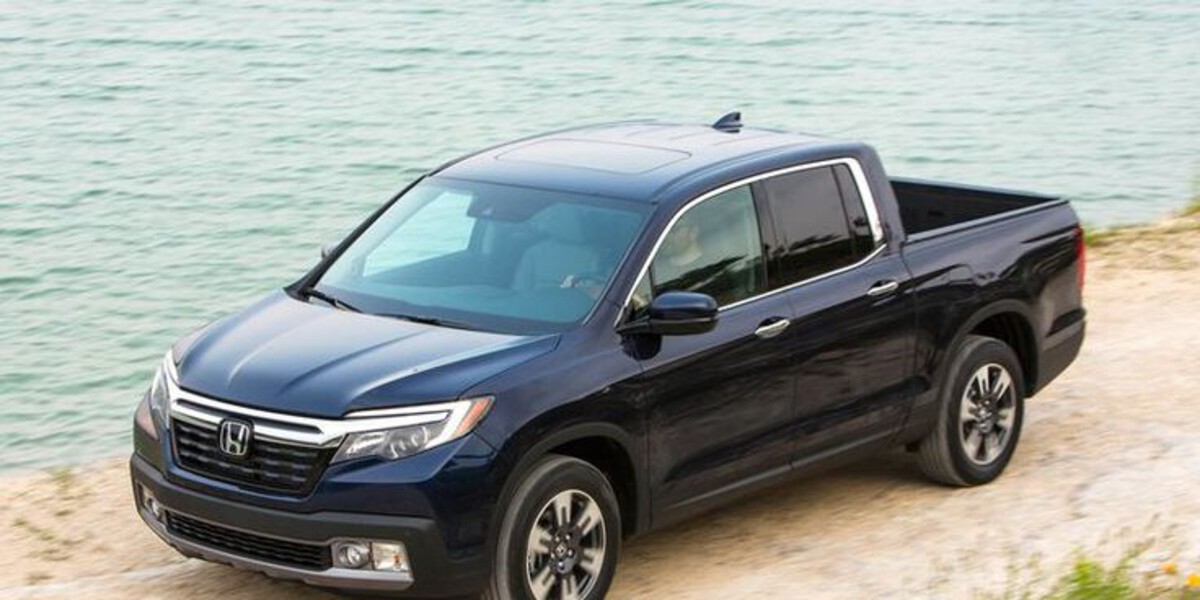
Ridgeline owners in snowy states often report pristine condition after several winters with minimal underbody treatment. While some surface rust on suspension components may still appear (as with most vehicles), structural rust issues are virtually unheard of—even on higher-mileage models.
The Ridgeline may not have the rugged towing capacity of a Silverado or Ram, but it shines where reliability and rust resistance count. For drivers who want a truck that handles winter without turning orange underneath, the Ridgeline is one of the safest choices out there.
3. Ford F-150 (2015–2020 Aluminum-Body Era)
Ford made headlines in 2015 when it debuted the all-aluminum body F-150, aiming to shave weight and improve fuel efficiency. But an unintended side effect of this material choice? Rust resistance
. Aluminum doesn’t rust the way steel does, so owners of 2015–2020 F-150s have reported far fewer rust issues on the body panels.
While the steel frame can still rust if neglected, the aluminum panels mean you won’t deal with bubbling paint, crumbling doors, or disintegrating bed sides like on earlier steel F-150s.
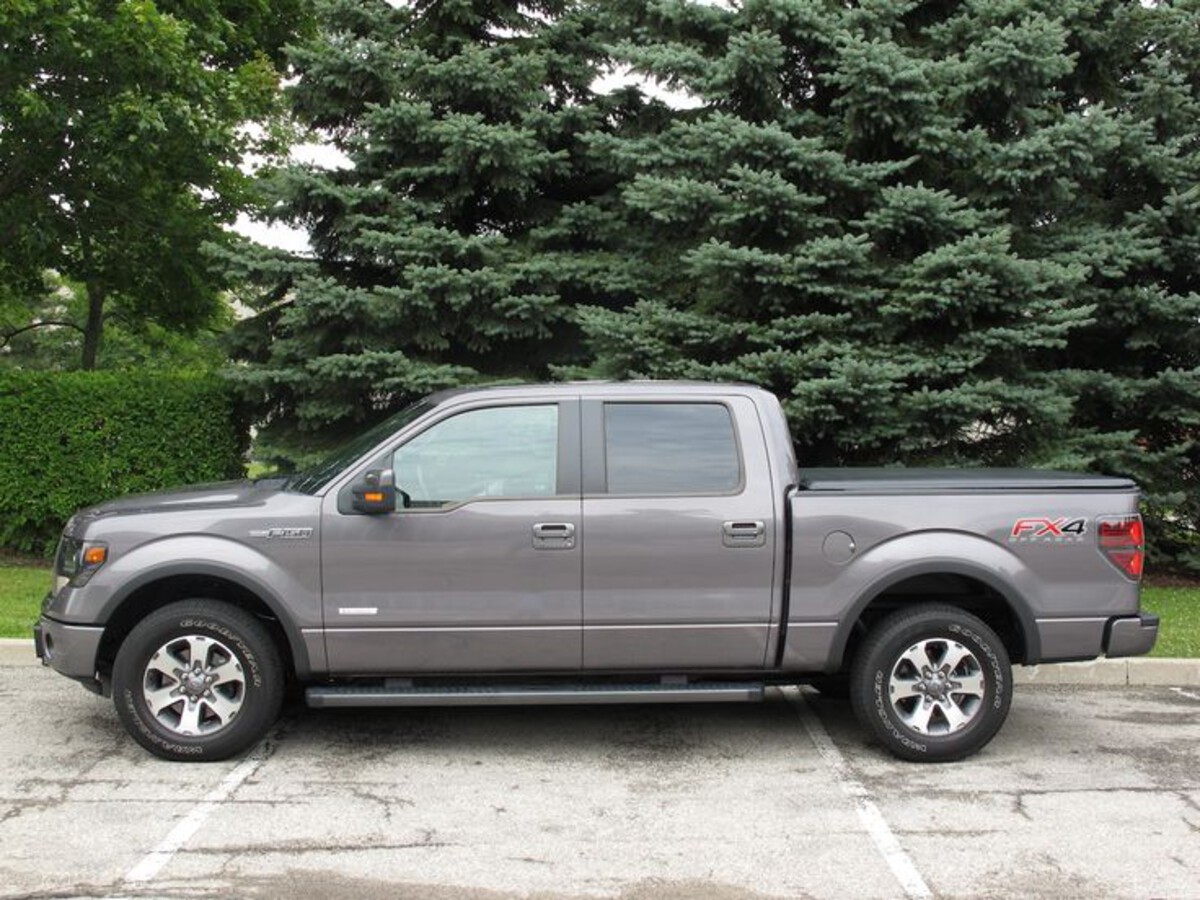
Ford also treated the frame and underbody with more robust coatings starting in 2015, addressing prior complaints about rust-prone rear ends and brake lines.
Real-world feedback from snowbelt drivers suggests that these aluminum-body F-150s hold up better over time than many competitors. It’s worth noting that aluminum can corrode in different ways—particularly if scratched or exposed to salt without cleaning—but it doesn’t develop traditional rust flakes.
In terms of value retention and long-term usability, these F-150s represent a major leap forward for Ford in fighting corrosion. Just keep up with undercarriage rinses and be cautious with deep scratches, and this truck will stay strong through harsh winters.
4. Chevrolet Silverado 1500 (2019–Present)
Chevy took a big step forward with corrosion resistance when it redesigned the Silverado 1500 in 2019. This generation features more extensive use of corrosion-resistant alloys, improved undercoating, and better drainage channels to keep water and slush from collecting in hidden spots.
GM also applied a multi-layer rustproofing process to the frame, which includes zinc-rich primer, ecoat, and wax sealing. The result is a truck that’s far less susceptible to the classic issues that plagued older Silverados—like rusted-out cab corners, wheel wells, and rocker panels.
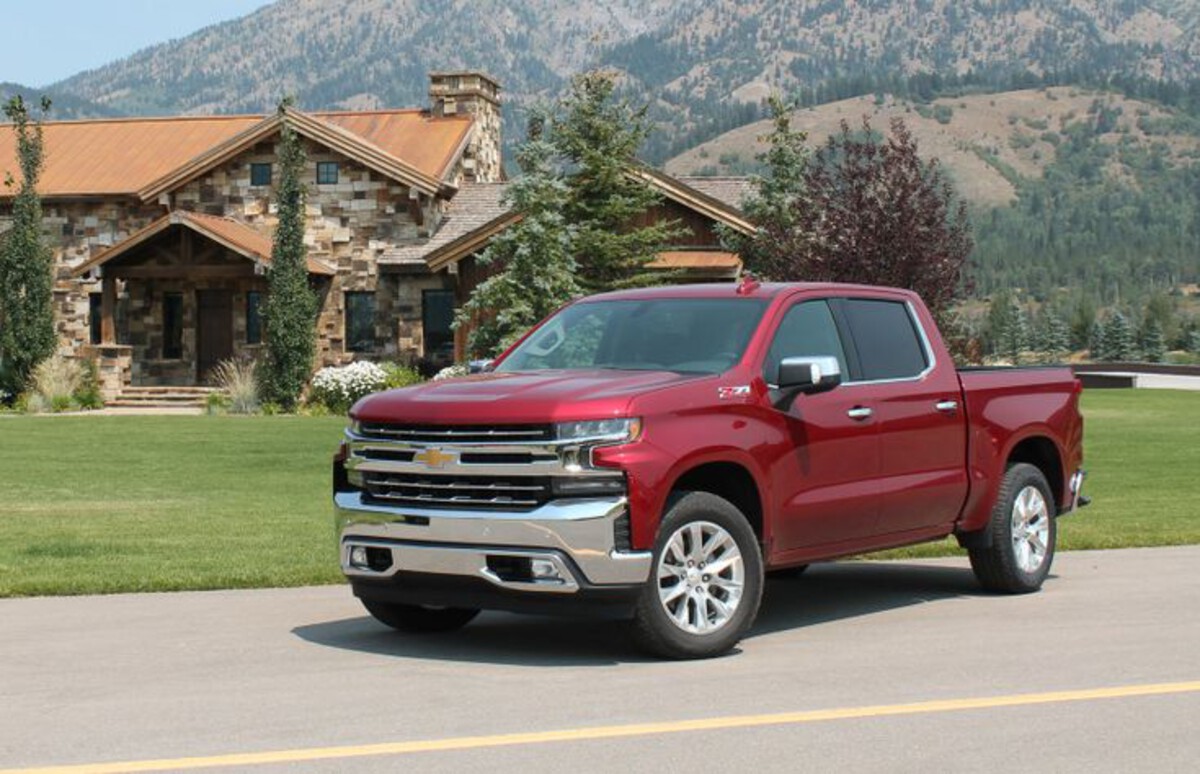
Owners in places like upstate New York and northern Wisconsin have reported minimal rust after several winters, especially compared to the notorious rust-bucket generations from the early 2000s. Even brake and fuel lines, long considered an Achilles heel for GM trucks, have seen better protection and fewer failures due to corrosion.
Chevy still has some catching up to do with rivals like Toyota in overall long-term durability, but this latest Silverado finally delivers on the rust front. If you’re buying used, make sure it’s from this generation onward—and if you’re buying new, you’ll be getting a truck that holds up much better to winter’s worst.
5. Nissan Titan (2017–2022)
The Nissan Titan doesn’t always get the attention it deserves, but when it comes to rust protection, it deserves a nod. The second-gen Titan, launched in 2017, came with several improvements to boost reliability and durability, including rust resistance.
Nissan applied a thicker undercoating on the frame and sealed vulnerable sections more thoroughly. The truck also features galvanized steel panels and composite bed components that help keep corrosion at bay. Drainage channels around the bed and cab area were improved to reduce water retention, a big issue in earlier Titans.
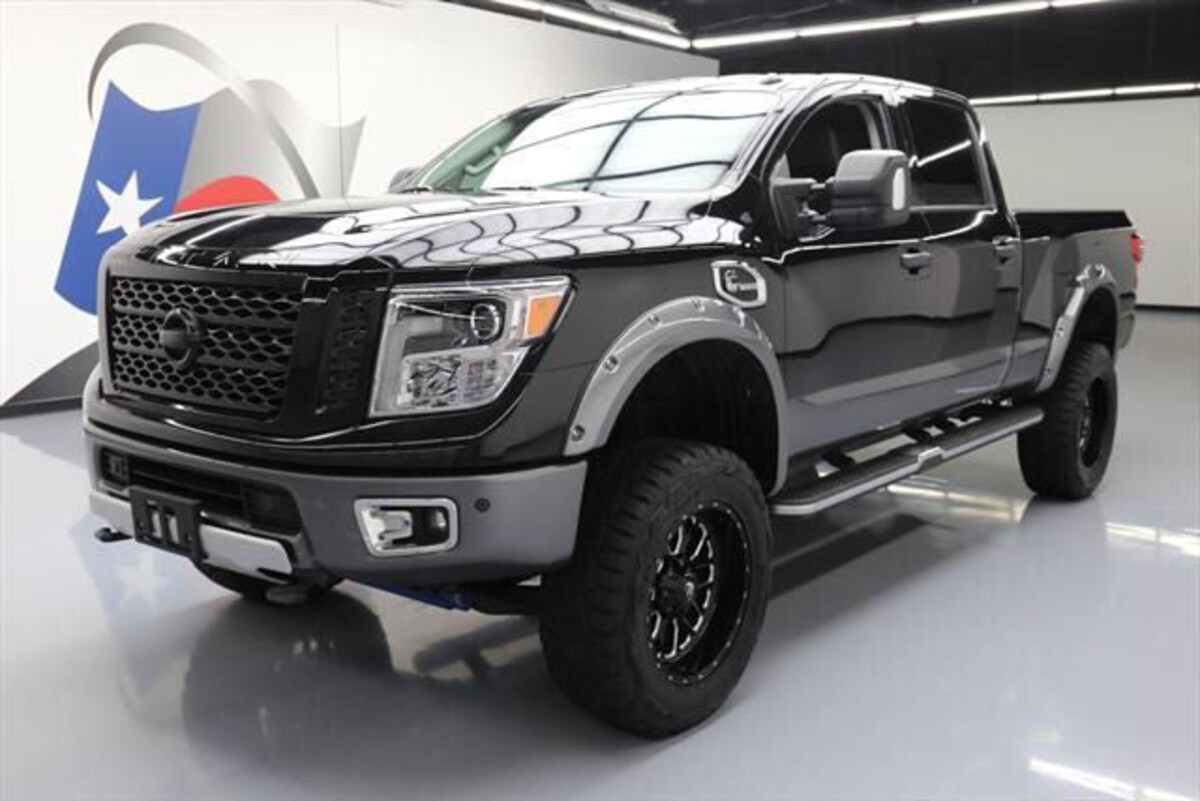
Real-world feedback shows that these Titans handle salt-heavy roads fairly well. Rust does appear eventually, like on any truck, but it’s typically limited to surface-level issues that don’t affect structure or performance. The Titan’s frame also holds up better than you might expect, especially when routinely rinsed during winter months.
For buyers looking for a full-size truck that stays solid under pressure but flies under the radar, the Titan offers a great blend of performance and corrosion resistance, without the price premium of more mainstream rivals.
5 Rust Buckets That Fall Apart After a Few Winters
These trucks may boast strong engines and eye-catching designs, but rust is their downfall. Beneath the surface, poor paint quality, flawed drainage, and weak underbody protection make them highly vulnerable to corrosion. In harsh climates—especially snowbelt regions where salt is everywhere—these trucks begin rusting far earlier than expected. Over time, it’s not just cosmetic damage.
Entire frames, fuel lines, and brake systems can fail due to unchecked rust. Repairs are often costly, and in some cases, not worth the trouble. For buyers in rust-prone areas, these trucks might seem like a good deal—until the winter weather eats them alive.
ALSO READ: 5 Nissans That Exceed 100,000 Miles vs 5 That Die Young
1. Chevrolet Silverado 1500 (1999–2006)
The early 2000s Chevrolet Silverado 1500 may have been a strong performer under the hood, but when it comes to corrosion, it’s one of the most rust-prone trucks of its time.
Owners in the Midwest and Northeast know all too well how these trucks fare after a few winters—frames crumble, rocker panels disintegrate, and brake lines snap unexpectedly due to rust-related failures.
A big reason is GM’s poor rustproofing strategy during this era. The frames received minimal protection, and drainage around the rockers and cab corners was poorly designed. Salt and moisture collected and sat, eating away the metal.
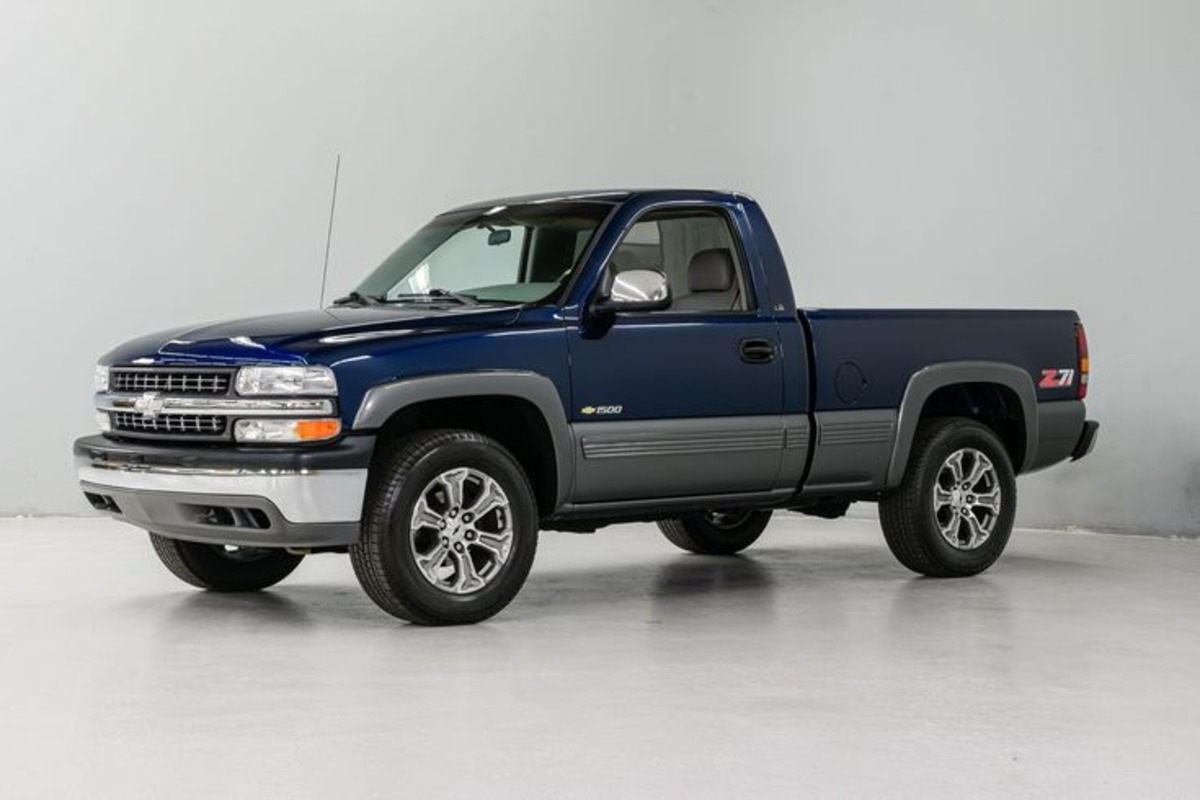
Within 5–6 years, many owners reported soft frames, rust holes in bed supports, and completely rotted rockers. Brake line failures became so common that GM eventually issued recalls for premature corrosion of critical brake components.
Even otherwise well-maintained Silverados weren’t immune. Some trucks began showing corrosion signs at just 60,000 miles. Cosmetic rust became structural rust quickly, with little warning. Surface rust wasn’t the issue—it was the deep, flaking, cancerous rust that rendered many trucks unsafe to drive.
Mechanically, the Silverado 1500 has a lot going for it. But its weak defense against rust dramatically shortens its lifespan in harsh climates. Unless it received aftermarket undercoating early and has been meticulously maintained, buying one used in a rust-prone state is a major gamble. Many end up scrapped not because of engine or transmission failure—but because the frames give out first.
2. Dodge Ram 1500 (2002–2008)
The Dodge Ram 1500 from 2002 to 2008 delivered in power and design but failed miserably in resisting rust. While the HEMI engine and aggressive styling attracted buyers, corrosion issues began appearing just a few years into ownership.
This generation is notorious for dissolving wheel arches, collapsing rocker panels, and widespread frame decay—especially in regions where winter road salt is a seasonal staple.
The main problem lies in the truck’s cheap metalwork and weak undercoating. Dodge didn’t invest heavily in corrosion protection during these years, leading to rapid rust development. Rocker panels often start bubbling within 3–4 winters, eventually crumbling into flakes.
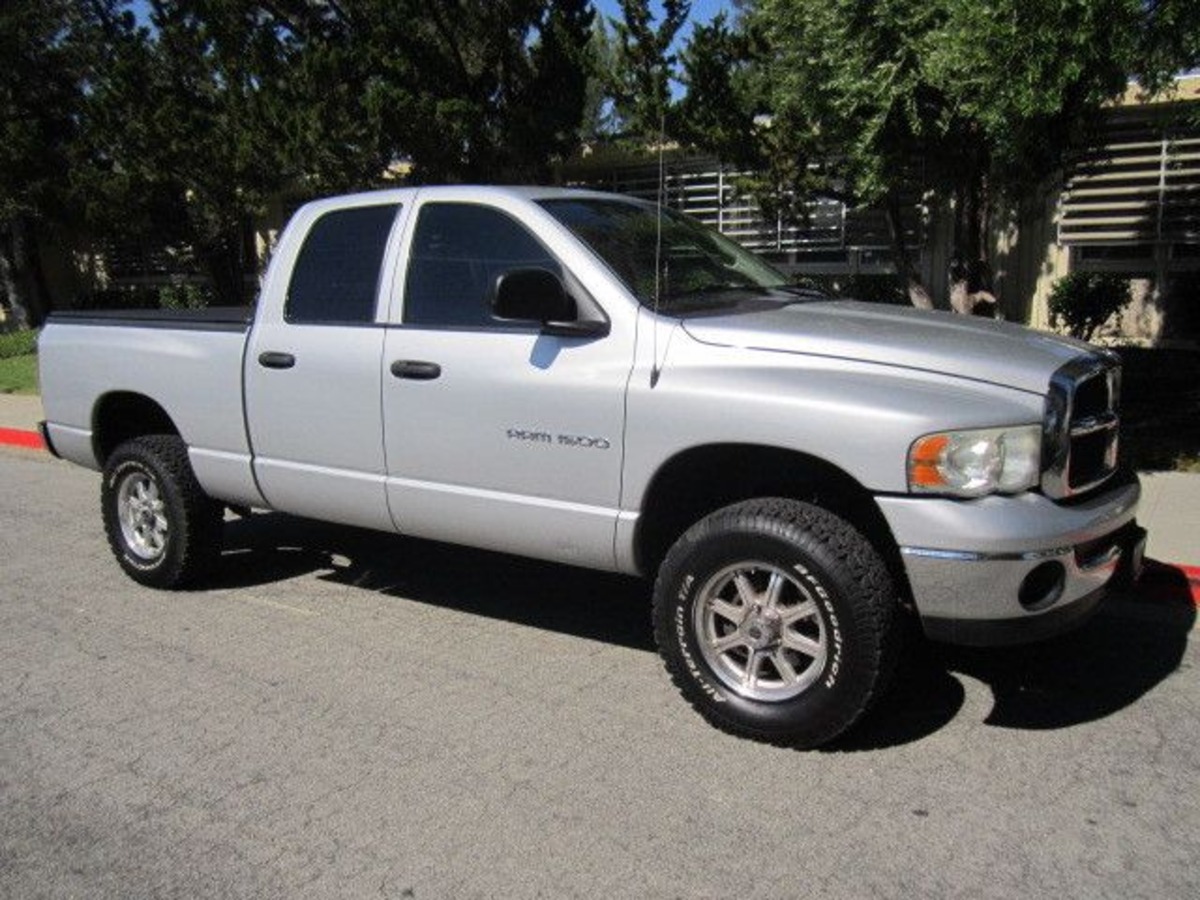
Wheel wells become jagged rust holes. Worse, the bed supports and rear cab mounts—essential structural elements—can become compromised, making the truck unsafe to drive.
The frame, while better than the body in some cases, doesn’t hold up well without aftermarket protection. In rust belt states, it’s common to find these trucks with severe frame pitting or even sections rotted clean through. Many owners try to salvage them with patchwork welding, but it’s rarely a lasting solution.
Mechanically, the Ram offers solid reliability and strong performance. But without preventative rust treatments, its body won’t keep up with its engine.
Buying one used requires a thorough undercarriage inspection. Unless the truck has been rustproofed and garage-kept, the odds of finding a clean Ram from this era are slim. In salty climates, these trucks often rust out long before they hit 200,000 miles.
3. Ford Ranger (1998–2011)
The Ford Ranger of the late ’90s to early 2010s is a favorite among compact truck lovers, known for its simple mechanics, decent off-road ability, and affordability.
But when it comes to rust, this generation of Ranger is a cautionary tale. Frames, leaf spring mounts, and rear crossmembers are all vulnerable points that often suffer from severe corrosion in just a few winters.
One of the biggest issues lies in Ford’s cost-cutting approach to frame protection during these years. Unlike today’s more advanced ecoat and galvanization processes, the Ranger’s frame and body were barely shielded from salt and moisture.
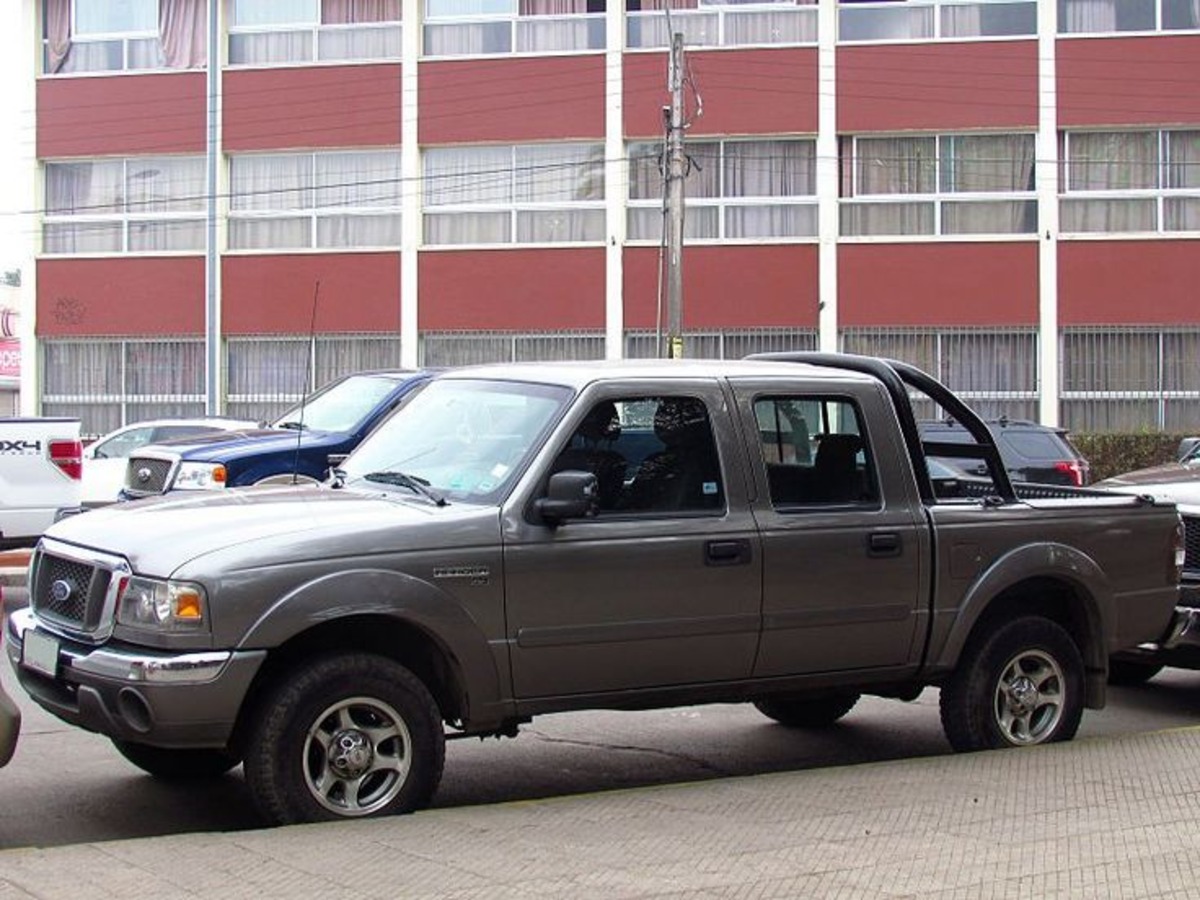
The rear end, in particular, is a rust magnet, often developing holes and soft spots near the shackles and hitch area. It’s not uncommon for tailpipes to fall off because the hanger brackets rust right off the frame.
While the body panels fare slightly better, they’re not immune. Rust tends to start at the bottom of the doors, wheel wells, and especially the rear cab corners. Once it sets in, the corrosion spreads quickly. Many owners report large rust flakes coming off by hand and frames cracking near stress points after winter use.
Mechanically, the Ranger is simple and tough. But in salt-prone states, it doesn’t last without early intervention. Trucks that haven’t been undercoated usually end up on jack stands before they hit high mileage. If you’re shopping for a used Ranger, beware, this truck may be small and mighty, but rust is its silent killer.
4. Toyota Tacoma (2005–2010)
The 2005–2010 Toyota Tacoma may have a bulletproof reputation for mechanical reliability, but it has one glaring flaw, catastrophic frame rust.
This generation of Tacoma became the center of a massive controversy that led Toyota to issue a recall and offer frame replacements for thousands of owners. Despite Toyota’s strong reputation for durability, this Tacoma’s frame corrosion problem was severe and widespread.
The issue stemmed from insufficient corrosion protection on the frame. In snowy states and coastal areas, road salt and moisture would collect in the boxed frame rails and suspension mounts. Many owners reported rust holes forming in just a few winters, even with low mileage.

Unlike surface rust that’s mostly cosmetic, this was deep structural corrosion. In some cases, frames cracked or bent, rendering the truck unsafe.
The recall covered inspections and replacements, but not all trucks qualified. If you’re considering a used Tacoma from this generation, it’s crucial to check whether the frame has been replaced. If not, and you live in a rust-prone region, you could be sitting on a ticking time bomb.
Ironically, the rest of the Tacoma holds up remarkably well, paint, engine, and transmission often last well past 200,000 miles.
But that strength means nothing if the truck crumbles underneath you. It’s a rare case of a Toyota letdown, but it’s a major one. Even today, uncoated 2005–2010 Tacomas continue to be pulled off the road due to frame failure from rust.
5. Nissan Frontier (2005–2010)
The 2005–2010 Nissan Frontier offers solid value in terms of mechanical performance and midsize utility, but rust is its Achilles’ heel, particularly in northern regions where salt is routinely used on winter roads.
This generation suffers from widespread frame rot, premature surface corrosion, and undercarriage decay that can compromise safety long before engine issues show up.
Nissan’s rustproofing efforts during these years were minimal. The Frontier’s frame, suspension mounts, and fuel lines were lightly coated, making them easy targets for road salt and moisture. Rust typically begins near the rear axle, trailing arms, and leaf spring hangers, slowly creeping across the frame until chunks begin falling off.
In some cases, even the radiator support rusts through—something most truck owners don’t expect until very old age.
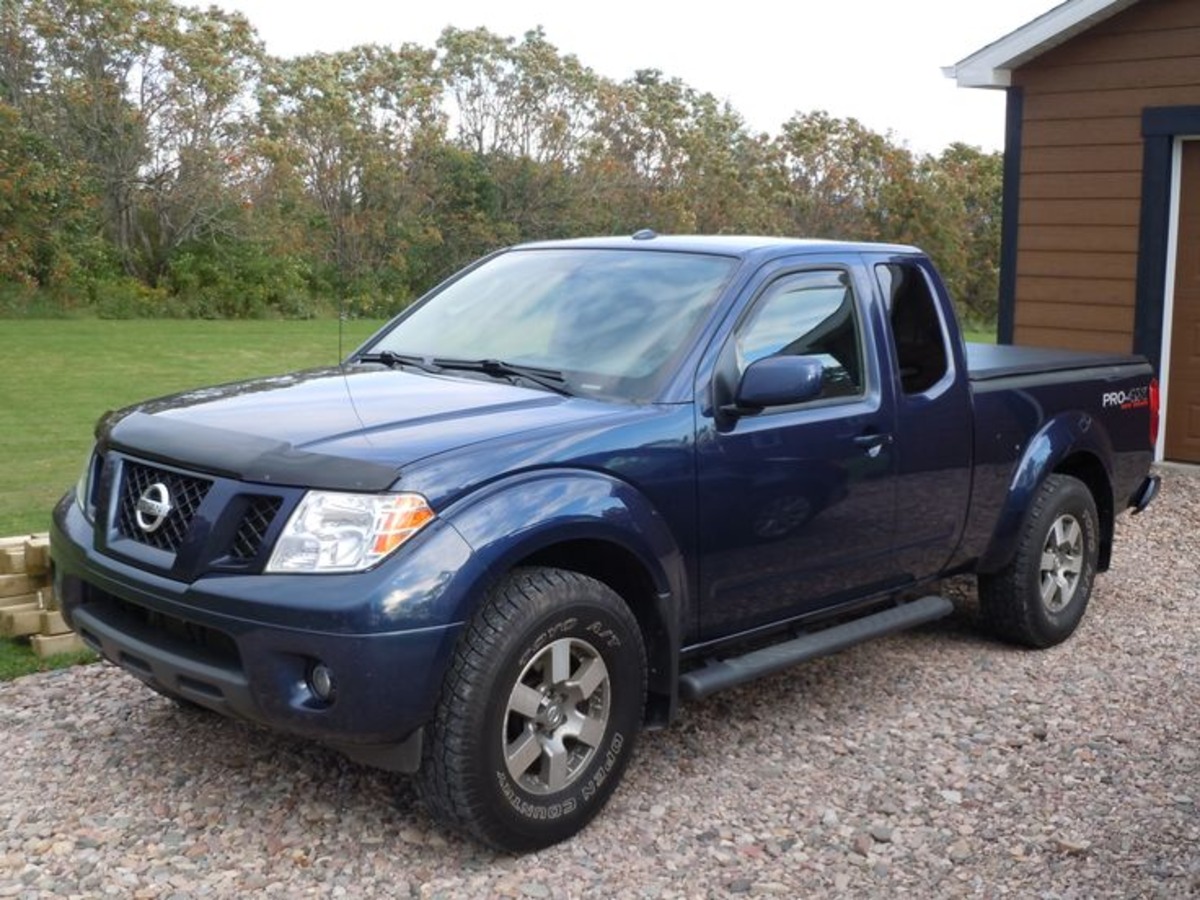
Worse, corrosion often hides beneath the bed and along the inner fender liners, where it’s hard to spot until damage is already done. Unlucky owners report rust holes in the floorboards and seized bolts during basic maintenance. Even fuel tanks and filler necks aren’t spared from decay.
In terms of powertrain, the Frontier is a solid performer. But the underbody tells a different story. Trucks used in salt-heavy regions often don’t make it past 150,000 miles without needing extensive frame repairs or undercarriage replacement.
Some end up scrapped not due to drivetrain issues, but because they simply rusted out from beneath. If you’re buying used, demand photos of the frame—and consider avoiding this generation altogether if you live in the snowbelt.
Rust can turn a dependable workhorse into a driveway decoration faster than you think. In snowy or coastal climates, even the toughest-looking truck can rot from the inside out if it’s built with poor materials or weak protection.
Among the rust-resistant champs, the Toyota Tundra, Honda Ridgeline, and aluminum-bodied Ford F-150 stand tall. With smart engineering, galvanized panels, and proactive corrosion prevention, these trucks thrive in tough conditions. Treat them right, and they’ll repay you with long life and low maintenance costs.
On the flip side, trucks like the early 2000s Silverado and Dodge Ram are cautionary tales. Their weak underbody protection and flawed drainage designs make them highly vulnerable. You’ll often find these trucks with body holes, rusted frames, and dangerous brake line decay, even if they run great mechanically.
If you’re in the market, don’t just check the engine, get under the truck. Look for flaking metal, inspect the frame, and ask about undercoating history. Rust doesn’t just reduce resale value; it can put you and your passengers at risk.
In the end, a truck that resists rust isn’t just more reliable, it’s a smarter, longer-lasting investment. Choose wisely, especially if winter roads are part of your life.

